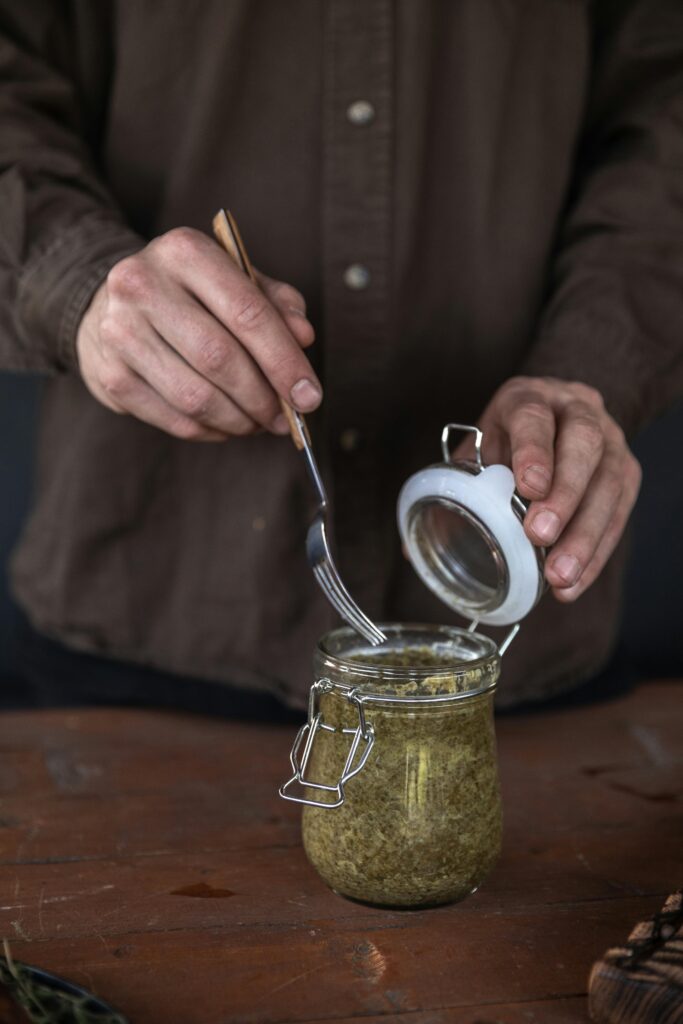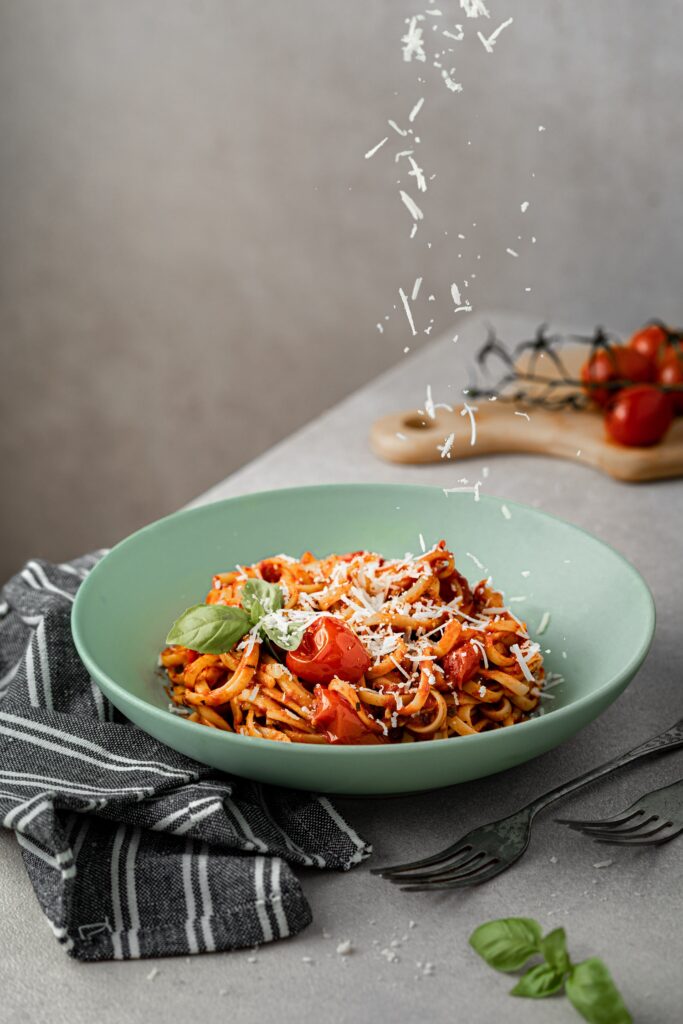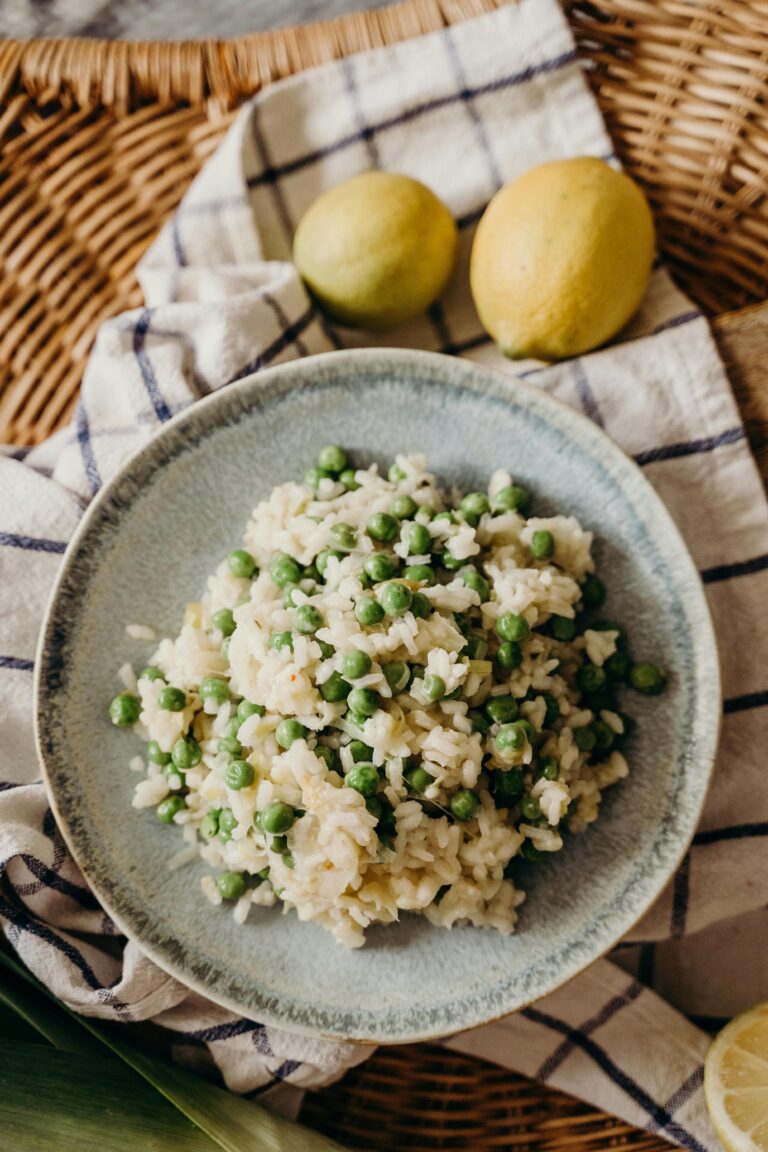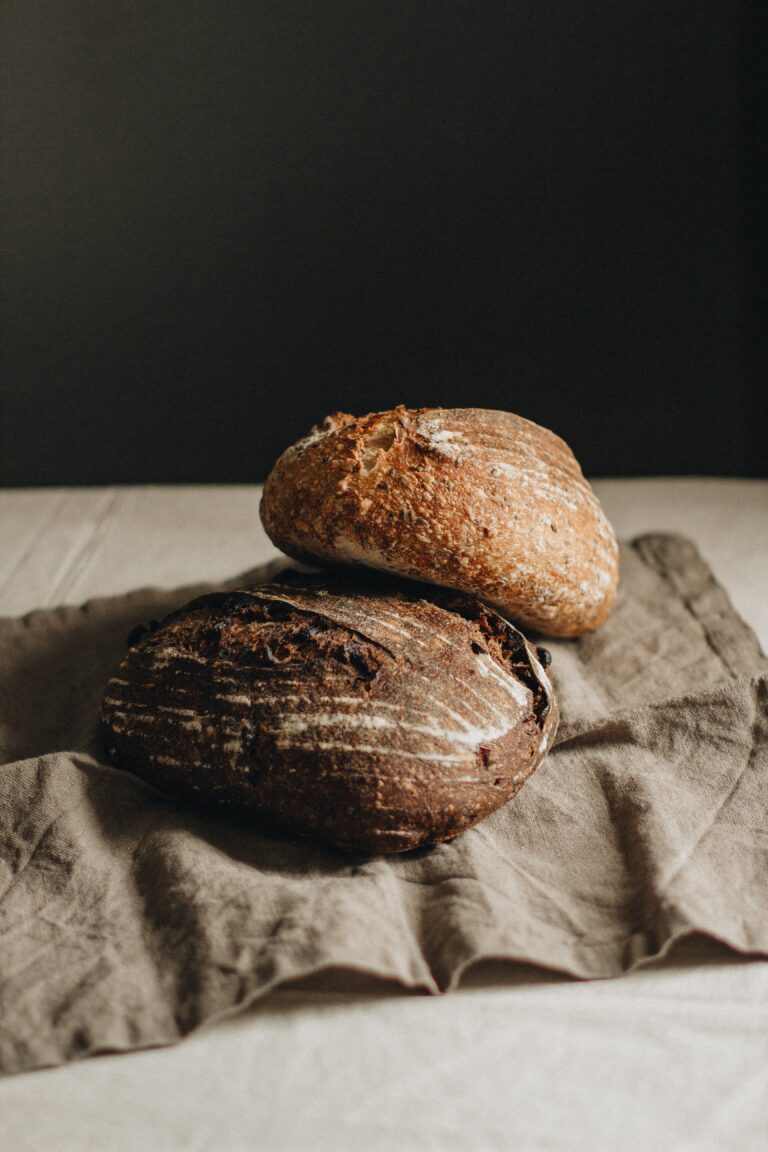
Basil, with its sweet and peppery flavour, is a staple in many kitchens, especially during the abundant months of July and August when basil plants in the garden are at their peak. But what do you do when you have more fresh basil than you can use? Freezing basil is an excellent way to preserve its fresh flavour for use in the winter months. Let’s explore how to freeze basil effectively using various methods.
Table of contents
Why Freeze Basil
Freezing basil is an excellent way to preserve its fresh flavour and aroma when you have an abundance, especially during peak growing seasons. It prevents waste and allows you to enjoy the taste of fresh basil year-round.
Uses for Frozen Basil
Using frozen basil adds convenience to cooking, as you can use frozen basil directly in various recipes like sauces, soups, and stews. This method is particularly useful for those with home gardens or when fresh basil is bought in bulk.

Freezing Basil vs Drying Basil
Freezing basil preserves its fresh flavour and aroma, making it ideal for dishes where you want a taste close to fresh basil. It’s best used in cooked dishes, as freezing can change the texture.
Drying basil, on the other hand, concentrates its flavour, creating a more potent, earthy taste suitable for longer cooking processes and spice blends. Dried basil lasts longer than frozen but loses the fresh, bright quality of the herb.
Which one is better?
The choice between freezing and drying depends on your flavour preferences and how you plan to use the basil.
How to Freeze Basil
Here is a simple guide on how to freeze fresh basil, whether you want to freeze it whole, in ice cube trays or pesto form.
How to Freeze Whole Basil Leaves
- Prep Your Basil: Begin by gently washing your basil leaves. A salad spinner works well for this. Ensure the leaves are completely dry to prevent freezer burn.
- Freeze on a Tray: Lay the leaves flat on a baking sheet or ice cube tray and freeze them until solid. This method is known as tray freezing.
- Transfer to Freezer Bags: Once frozen, transfer the basil leaves to freezer bags, removing as much air as possible before sealing. This method preserves the individual leaves, making them easy to use in recipes like marinara sauce or pasta sauce.

How to Freeze Basil in Oil (Using Ice Cube Trays with Olive Oil)
- Chop the Basil: Use a food processor or chop the leaves by hand.
- Mix with Olive Oil: Combine the chopped basil with olive oil. The oil preserves the flavor and texture of the basil when frozen.
- Fill Ice Cube Trays: Spoon the basil and oil mixture into ice cube trays. This creates convenient portions for cooking.
- Freeze and Store: Once the cubes are frozen, transfer them to freezer bags. These basil oil cubes are perfect for adding to soups, stews, or thawing for a quick salad dressing.
Making and Freezing Basil Pesto
- Prepare Basil Pesto: Use your fresh basil to make basil pesto. Blend basil leaves with olive oil, parmesan cheese, pine nuts, and garlic in a food processor.
- Freeze in Cube Trays: Pour the pesto into ice cube trays and freeze.
- Store in Freezer Bags: Once frozen, pop the pesto cubes out and store them in freezer bags. Pesto cubes are great for quick pasta sauces or as a spread.

Tips for Freezing Basil
- Freeze Fresh: Always freeze fresh basil for the best flavor. Dried basil doesn’t freeze well as it loses its potency.
- Label Your Freezer Bags: Remember to label your freezer bags with the date. Frozen basil is best used within 6 months.
- Avoid Thawing: Add frozen basil directly to your recipes. Thawing can result in a loss of flavor and a mushy texture.
How to Use Frozen Basil
Using frozen basil is straightforward and convenient for a variety of recipes. Here’s how to do it:
- Direct Use Without Thawing: The easiest way to use frozen basil is to add it directly to your dishes while cooking. There’s no need to thaw it first. Frozen basil works exceptionally well in cooked recipes like soups, stews, sauces, and casseroles. Suggested: Chicken and Vegetable Casserole with Basil
- Pesto and Sauces: If you’ve frozen basil in an olive oil mixture or made pesto cubes, these can be directly added to pasta or used as a base for sauces just like this Pesto Mac & Cheese recipe. The oil or pesto will melt, releasing the basil flavour into your dish.
- Marinades and Dressings: Frozen basil can be incorporated into marinades and dressings. Let it thaw slightly before mixing it with other ingredients.
- Baking: Add frozen basil directly into the dough or batter of bread, pizza, or other baked goods for an herby flavor. Suggested: Pesto Bread
- Sauteing: Start by sautéing frozen basil in a pan, then add other ingredients for a dish infused with basil flavor.
Remember, frozen basil is more suited for cooking rather than raw applications due to the texture change after freezing. The flavor remains strong and aromatic, making it a great option for enhancing your dishes.

Other Helpful Freezer Guides
- How to Freeze Jello
- How to Freeze Apples
- How to Freeze Butter
- How to Freeze Mascarpone
- How to Freeze Gravy
- How to Freeze Pulled Pork
- How to Freeze Pork Pies
- How to Freeze Bean Sprouts
- How to Freeze Kiwi
- How to Freeze Bell Peppers
- How to Freeze Chorizo
- How to Freeze Yogurt
- How to Freeze Ricotta Cheese
- How to Freeze Salami
- How to Freeze Ricotta
Conclusion
Freezing basil is a fantastic way to extend the life of this aromatic herb. Whether you choose to freeze whole leaves, basil in olive oil, or as basil pesto, each method ensures you have the fresh taste of basil available year-round. This is especially useful for those who grow their own herbs and find themselves with an abundance during the growing season. So next time you have extra basil, don’t let it go to waste – freeze it and enjoy your home-grown herbs even in the depths of winter!

Christopher is a food and lifestyle expert, recipe developer and the content creator behind May Eighty Five. With years of experience in the kitchen, he also shares tips, tricks and how to’s that he has learnt over the years. Every week, he shares quick, simple and mostly healthy recipes along with some home and entertaining tips. You will find flavorful cocktails, delicious appetizers, tasty mains and some indulgent desserts. As a home decor enthusiast, he also likes to share simple DIY projects and simple tips for a beautiful home.








3 Comments